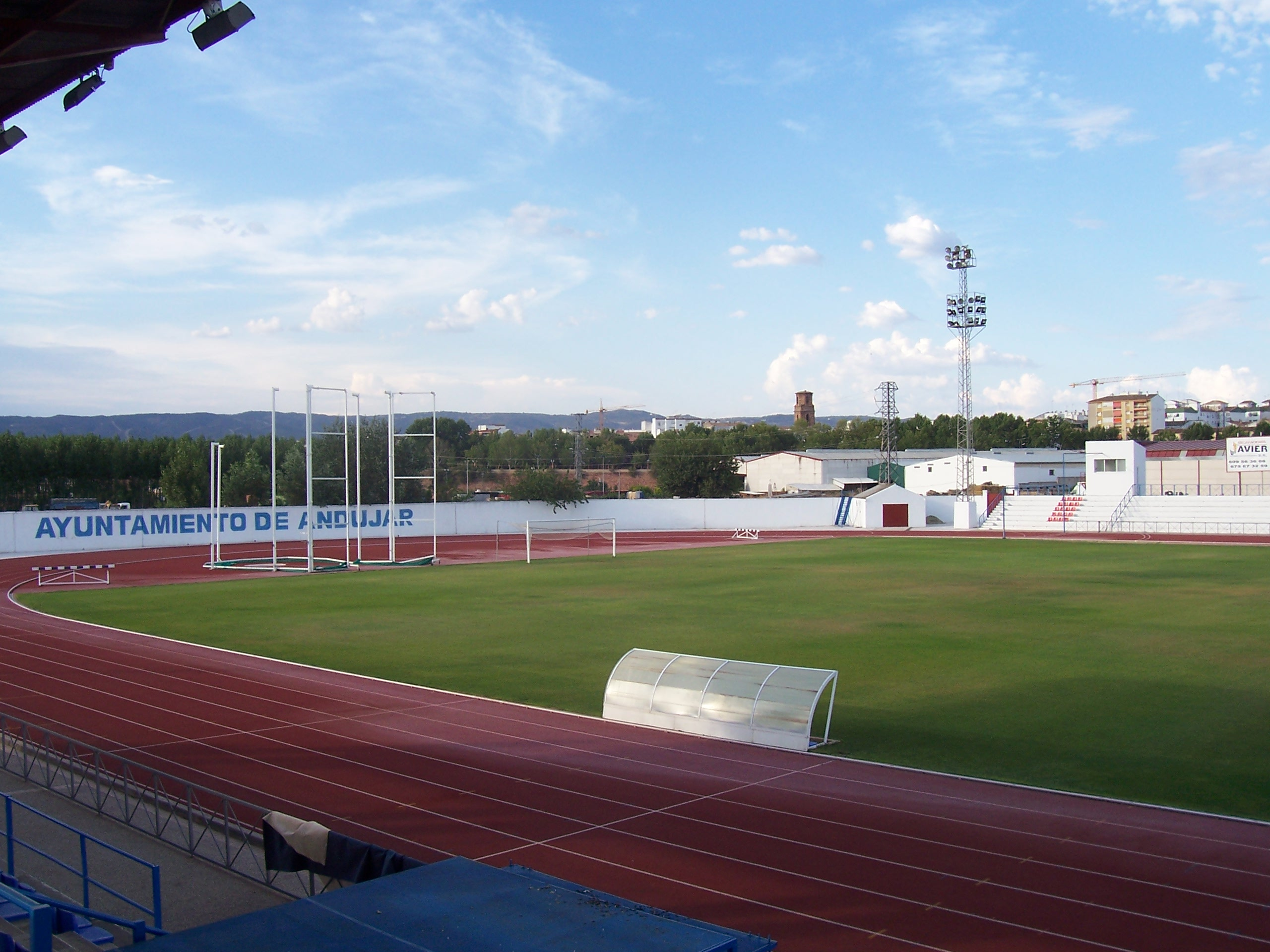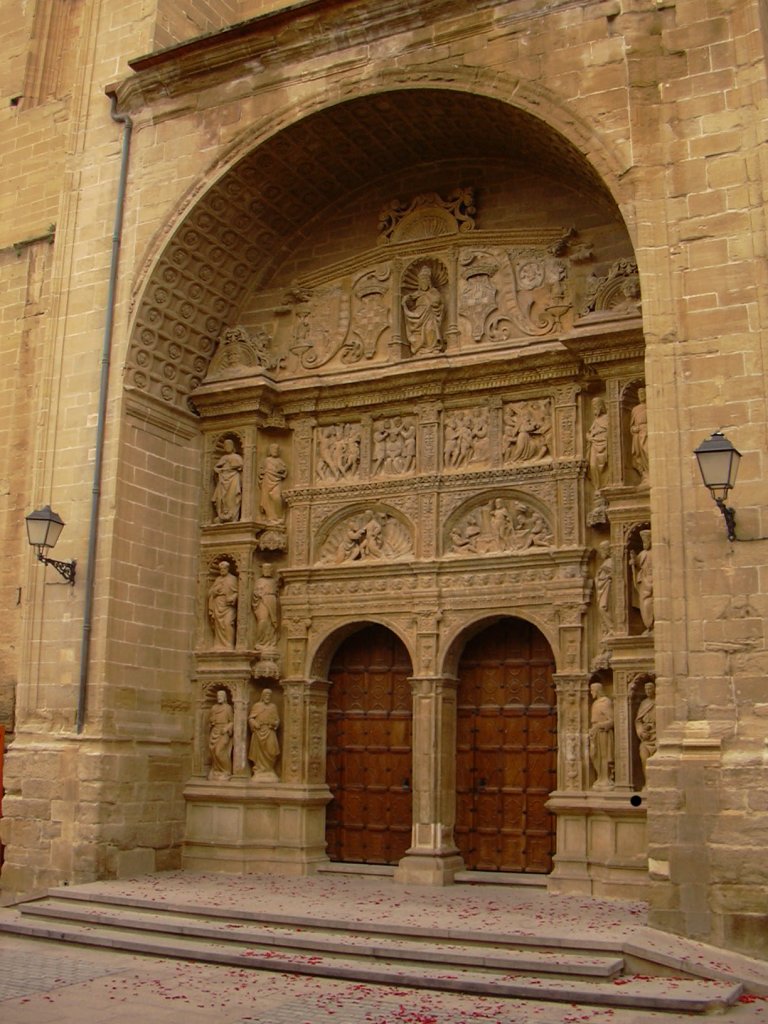|
Rodrigo Of Castile
Ruderick (Latin: ''Rudericus''; died on 4 October – 5 November 873), better known by his Spanish name Rodrigo, was an influential noble of the Kingdom of Asturias, and was probably the first Count of Castile (850/862–873) and Álava (867/868–870). He was an active participant in the Reconquista and a faithful vassal of Ordoño I of Asturias, Ordoño I and Alfonso III of Asturias, Alfonso the Great, kings of Asturias. By conquering land from the Moors, Rodrigo began the southern expansion of the County of Castile. Origins Rodrigo's parentage is not historically documented. Some Al-Andalus, Iberian Muslim writers refer to a brother or brother-in-law of Ordoño I of Asturias, Ordoño I active in Castile, while others assign the same role to a ''Ruderick'' without stating a relationship, and the references have been interpreted as referring to the same man. It seems that due to the missions entrusted to him, it is probable that he was close to the royal house. Fernández de ... [...More Info...] [...Related Items...] OR: [Wikipedia] [Google] [Baidu] |
Diego Rodríguez Porcelos
Diego Rodríguez Porcelos (governed 873 – c. 885), was the second List of Castilian counts, Count of Castile, succeeding his father Rodrigo of Castile, Rodrigo. He did not govern Álava, however, as his father had done, since this responsibility fell on Count Vela Jiménez. Between 882 and 884 and under the mandate of King Alfonso III of Asturias, he was in charge of the ''repoblación'' of Burgos and Ubierna. Shortly before 882, he built a castle in Pancorbo from where he confronted a large Arab army trying to annex the valley of the River Ebro, Ebro in two different military campaigns in 882 and 883. He also created a defensive line along the river Arlanzón (river), Arlanzón, and in 884 founded an outpost that would develop into the city of Burgos. It also appears he restored the episcopal see of Oca (ancient ''Auca''). His date and place of death are not agreed upon by the chronicles, though 885 is most probable as recorded in the Chronica Naierensis which states that ''Di ... [...More Info...] [...Related Items...] OR: [Wikipedia] [Google] [Baidu] |
Andújar
Andújar () is a Spanish municipality of 38,539 people (2005) in the province of Jaén, in Andalusia. The municipality is divided by the Guadalquivir River. The northern part of the municipality is where the Natural Park of the Sierra de Andújar is situated. To the south are agricultural fields and countryside. The city proper located on the right bank of the Guadalquivir and the Madrid- Córdoba railway. In the past, Andújar was widely known for its porous earthenware jars, called ''alcarrazas'' or '' botijos'', which keep water cool in the hottest weather, and were manufactured from a whitish clay found in the neighbourhood. History Antiquity Paleolithic artifacts have been found in the area, associated with the Acheulean Culture, but it is during the Neolithic Age when the area became increasingly populated, with agriculture being developed in the fertile land, and mining activities beginning in the Sierra Morena. According to archaeological studies, the first pe ... [...More Info...] [...Related Items...] OR: [Wikipedia] [Google] [Baidu] |
Battle Of Monte Laturce
The Battle of Monte Laturce, also known as the second Battle of Albelda, was a victory for the forces of Ordoño I of Asturias and his ally García Íñiguez of Pamplona. They defeated the latter's uncle and former ally, the Banu Qasi lord of Borja, Zaragoza, Terrer, and Tudela, Navarre, Musa ibn Musa al-Qasawi, a marcher baron so powerful and independent that he was called by an Andalusi chronicler "The Third King of the Spains" (''Spaniae''). The battle took place during the Asturian siege of a new fortress under construction by Musa at Albelda de Iregua. The fortress was taken a few days after the battle. After Monte Laturce, Musa was forced to fully submit to the Emir of Córdoba, who took advantage of Musa's weakness to remove him as ''wāli'' of the Upper March, initiating a decade-long eclipse of the Banu Qasi. The '' Chronicle of Alfonso III'' relates how, in an unspecified year, Ordoño marched against the Musa while the latter was constructing a massive fortificatio ... [...More Info...] [...Related Items...] OR: [Wikipedia] [Google] [Baidu] |
Lantarón
Lantarón (Basque: ''Landaran'') is a town and municipality located in the province of Álava, in the Basque Country, northern Spain. Villages * Alcedo(Altzeta) * Bergüenda(Bergoiandia) * Caicedo de Yuso(Kaitzeo) * Comunión * Fontecha (Ontetxa) * Leciñana del Camino (Leziñana) * Molinilla * Puentelarrá (Larrazubi) * Salcedo (Saltzeta) * Sobrón (Sobaran) * Turiso (Iturritzo) * Zubillaga History In the Middle Ages, Lantarón was the site of a fortress on the eastern edge of the Kingdom of León. In the ninth and tenth centuries the fortress was commanded by a series of counts, often in conjunction with that of Cerezo: Gonzalo Téllez (897), Munio Vélaz (919), Fernando Díaz (923) and Álvaro Herraméliz Álvaro Herraméliz (fl. 923–931), was a Spanish noble and the count of Lantarón and of Álava in the region that today would be considered the Basque Country in northern Spain. Biography Count Álvaro was the son of Herramel, a noble wh ... (92 ... [...More Info...] [...Related Items...] OR: [Wikipedia] [Google] [Baidu] |
Frías, Province Of Burgos
Frías is a town located in the northern part of the province of Burgos, in Castile and León, Spain. In 2010 it had a population of only 275 inhabitants. Frías is a historic medieval town on a hill above the river Ebro, which has been a strategic point to cross river Ebro in the routes communicating with the Cantabrian Sea. Today the town is a popular tourist spot. It has an impressive castle dominating the river and the twelfth-century bridge across it. It is considered to be the smallest "city" in Spain, having been given that title in 1435. There are two convents and two churches in the town. The gothic church of San Vitores is particularly worth visiting. Geography Ubication Frías is around 80 km northeast of Burgos, in river Ebro shore. Its county territory has 29,37 km2. Main sights * Frias Castle (12th–15th century). * Hanging houses. * The medieval bridge. Near the town, crossing the Ebro river, a 12th-century bridge with a defensive tower that d ... [...More Info...] [...Related Items...] OR: [Wikipedia] [Google] [Baidu] |
Grañón
Grañón () is a village in the province and autonomous community of La Rioja, Spain , image_flag = Bandera de España.svg , image_coat = Escudo de España (mazonado).svg , national_motto = ''Plus ultra'' (Latin)(English: "Further Beyond") , national_anthem = (English: "Royal March") , i .... The municipality covers an area of and as of 2011 had a population of 307 people. References Populated places in La Rioja (Spain) {{LaRiojaES-geo-stub ... [...More Info...] [...Related Items...] OR: [Wikipedia] [Google] [Baidu] |
Carrias
Carrias is a municipality located in the province of Burgos, Castile and León, Spain. According to the 2013 census (INE INE, Ine or ine may refer to: Institutions * Institut für Nukleare Entsorgung, a German nuclear research center * Instituto Nacional de Estadística (other) * Instituto Nacional de Estatística (other) * Instituto Nacional Elec ...), the municipality has a population of 26 inhabitants. References External linksLa web de la capital de "Las Lomas"Blog about Carrias Municipalities in the Province of Burgos {{Burgos-geo-stub ... [...More Info...] [...Related Items...] OR: [Wikipedia] [Google] [Baidu] |
Cerezo De Río Tirón
Cerezo de Río Tirón is a municipality located in the province of Burgos The Province of Burgos is a province of northern Spain, in the northeastern part of the autonomous community of Castile and León. It is bordered by the provinces of Palencia, Cantabria, Vizcaya, Álava, La Rioja, Soria, Segovia, and Valladoli ..., Castile and León, Spain. References Municipalities in the Province of Burgos {{Burgos-geo-stub ... [...More Info...] [...Related Items...] OR: [Wikipedia] [Google] [Baidu] |
Haro, La Rioja
Haro () is a town and municipality in the northwest of La Rioja province in northern Spain. It produces red wine, and hosts the annual Haro Wine Festival. Its architectural heritage includes the plateresque main entrance of the Church of Santo Tomás, the work of Felipe Vigarny, numerous palaces, and the old town, which was declared a Historic-Artistic Site in 1975. Haro was the first town in Spain to have electric street lighting. History There are several theories about the founding of Haro, though the most realistic theory is that of Domingo Hergueta, who argued that before the town, there was a lighthouse ( es, faro) near the village of Cerro de la Mota which illuminated the mouth of the Ebro river. The town was named for the lighthouse, and ''Faro'' later evolved into ''Haro''. During the Roman rule of Hispania, a fort called Castrum Bibilium was built in the cliffs of Bibilio. The first mention of Haro dates back to the year 1040, in a document of king García Sánchez I ... [...More Info...] [...Related Items...] OR: [Wikipedia] [Google] [Baidu] |
Monastery Of San Millán De Suso
A monastery is a building or complex of buildings comprising the domestic quarters and workplaces of monastics, monks or nuns, whether living in communities or alone (hermits). A monastery generally includes a place reserved for prayer which may be a chapel, church, or temple, and may also serve as an oratory, or in the case of communities anything from a single building housing only one senior and two or three junior monks or nuns, to vast complexes and estates housing tens or hundreds. A monastery complex typically comprises a number of buildings which include a church, dormitory, cloister, refectory, library, balneary and infirmary, and outlying granges. Depending on the location, the monastic order and the occupation of its inhabitants, the complex may also include a wide range of buildings that facilitate self-sufficiency and service to the community. These may include a hospice, a school, and a range of agricultural and manufacturing buildings such as a barn, a forge, ... [...More Info...] [...Related Items...] OR: [Wikipedia] [Google] [Baidu] |
Valle De Tobalina
Valle de Tobalina is a municipality located in the province of Burgos, Castile and León, northern Spain. (data from INE INE, Ine or ine may refer to: Institutions * Institut für Nukleare Entsorgung, a German nuclear research center * Instituto Nacional de Estadística (other) * Instituto Nacional de Estatística (other) * Instituto Nacional Elec ...), the municipality has a population of 1,069 inhabitants. The capital of the municipality is the village of Quintana-Martín Galíndez. References Municipalities in the Province of Burgos {{Burgos-geo-stub ... [...More Info...] [...Related Items...] OR: [Wikipedia] [Google] [Baidu] |
Cantabrian Mountains
, etymology=Named after the Cantabri , photo=Cordillera Cantábrica vista desde el Castro Valnera.jpg , photo_caption=Cantabrian Mountains parallel to the Cantabrian Sea seen from Castro Valnera in an east-west direction. In the background, the Montaña Palentina (left) and the Picos de Europa (right) , country= Spain , subdivision1_type=Communities , subdivision1= , geology= Limestone , age= Carboniferous, Paleozoic, Mesozoic , orogeny= , borders_on= , area_km2= , length_km=300 , length_orientation=WE , width_km= 50 , width_orientation=NS , highest= Torre de Cerredo , elevation_m= 2648 , range_coordinates= , coordinates= , map_image=Cordillera Cantabrica.jpg , map_caption=Location of the Cantabrian Mountains in northern Spain , parent= The Cantabrian Mountains or Cantabrian Range ( es, Cordillera Cantábrica) are one of the main systems of mountain ranges in Spain. They stretch for over 300 km (180 miles) across northern Spain, from ... [...More Info...] [...Related Items...] OR: [Wikipedia] [Google] [Baidu] |




